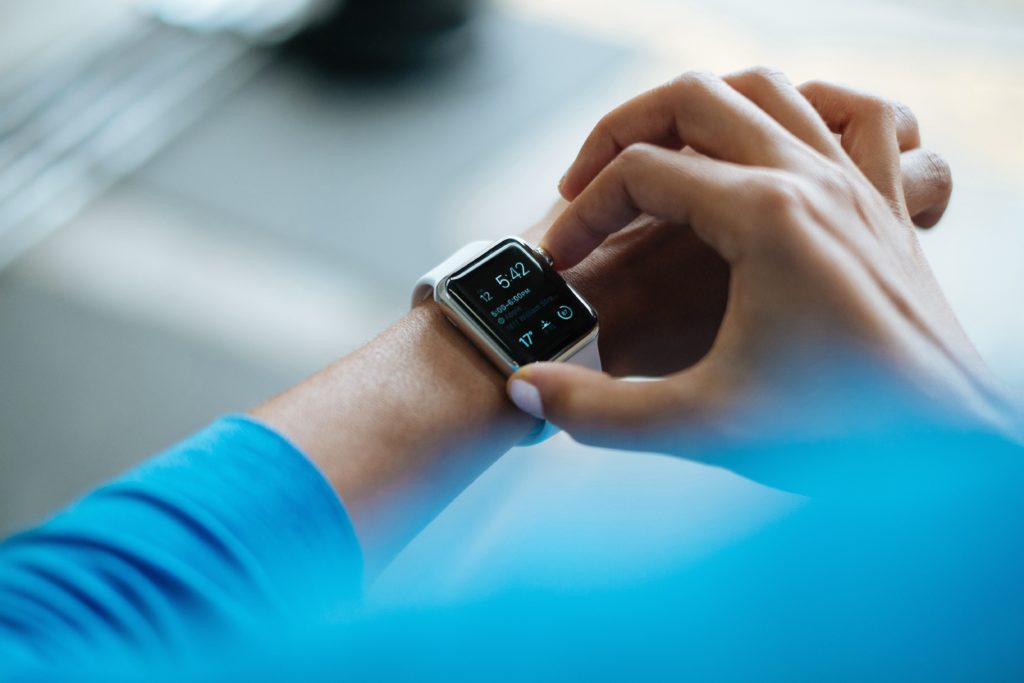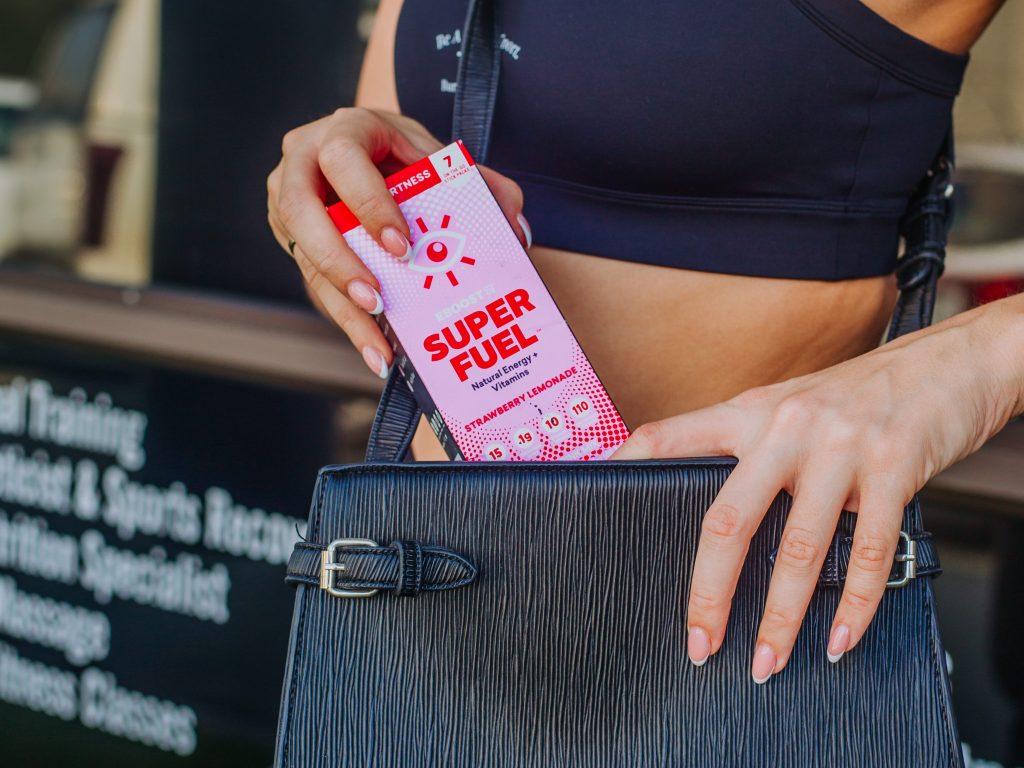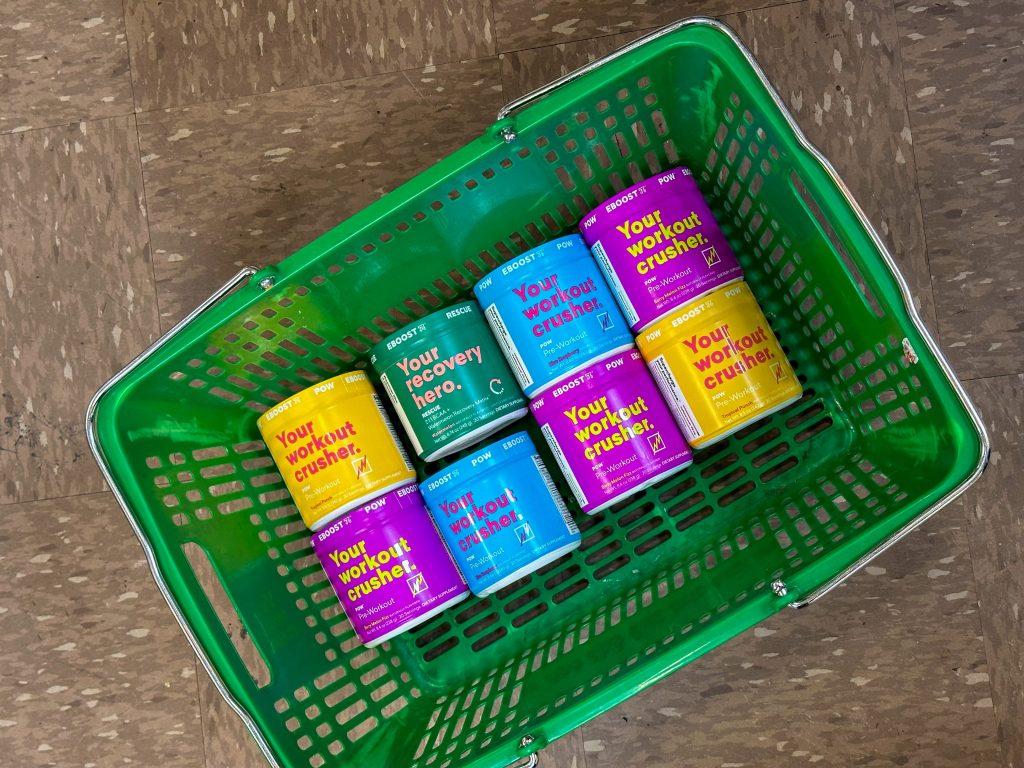The term EPOC has been dropped a few times around here. Usually, we speak of it when we are communicating about HIIT (high-intensity interval training) or Tabata, as EPOC is a side effect of those types of exercise methods. Today we are going to dive in a bit deeper and really explain EPOC, the idea behind it and if EPOC is, in fact, all cracked up to be what the fitness industry says it is.
What is EPOC?
“EPOC stands for Excess Post-exercise Oxygen Consumption. It’s an increase in oxygen uptake above resting levels that occurs after exercise. Increased oxygen consumption requires energy, so EPOC means that you burn calories even after an exercise bout. The purpose of EPOC is to restore the body to its resting state and create physiological adaptations which will help the body handle the same amount of exercise-related stress more easily in the future.” – Breaking Muscle
What is the most important thing to keep in mind with any exercise claims of burning calories is that every single one of us is different. Even if you take two people who do the exact same workout, they would likely burn different amounts of calories both during and after the session. This is true because of their differences in gender, age, physiology, training status, and lifestyle factors such as diet, sleep, and stress. This is only the base layer attributes too, we aren’t even diving into genetics, hormones, etc that really are different from person to person too. The next time you hear an exercise claim it burns, ‘X’ amount of calories, just take that number with a grain of salt. The fitness industry loves to gloat over certain exercises over others sometimes and really it all comes down to which form of exercise is trending at the time.
Benefits of EPOC
- EPOC is the greatest immediately after exercise.
- Some studies have shown that EPOC lasts up to 24 hours, while others have found it to be much shorter. In some cases less than an hour. This has been dependent on the type of exercise and duration.
- Research states the amount of extra energy burned during EPOC is only about 6-15% as much as is used during the exercise itself.
- These percentages are a bit smaller than the fitness industry has cracked them out to be. However, extra calories is still a bonus to most people.
- The magnitude of EPOC increases exponentially with increased exercise intensity for the same distance or time.
- With this fact, then it does make sense that intervals or HIIT, which are performed at a much higher intensity than steady state cardio, would have a much greater EPOC effect.
- Your HIIT training for 30 minutes creates more EPOC and at a higher magnitude than your steady state 60-minute cardio session.
- With this fact, then it does make sense that intervals or HIIT, which are performed at a much higher intensity than steady state cardio, would have a much greater EPOC effect.
- Even if a lot of research proves that there isn’t a huge difference between HIIT and steady state cardio EPOC, the time it takes to do one over the other can be a huge advantage to a lot of people.
All in All
Knowing the facts and how our mechanicals work, help for us to better understand what the body goes through when we put it through workouts. However, you don’t want to get caught up in overthinking either.
Interval training can be great for you and we especially like it because you can be super efficient in a smaller amount of time. Steady state cardio is great too. Any type of physical activity that you can perform safely and enjoy is great for you physically and mentally. In the end do what is best for you, whether it is one or the other or both. Listen to your body, be happy and don’t worry if one exercise claims to burn 1000% more calories than another one.
Just get out there and get moving!







